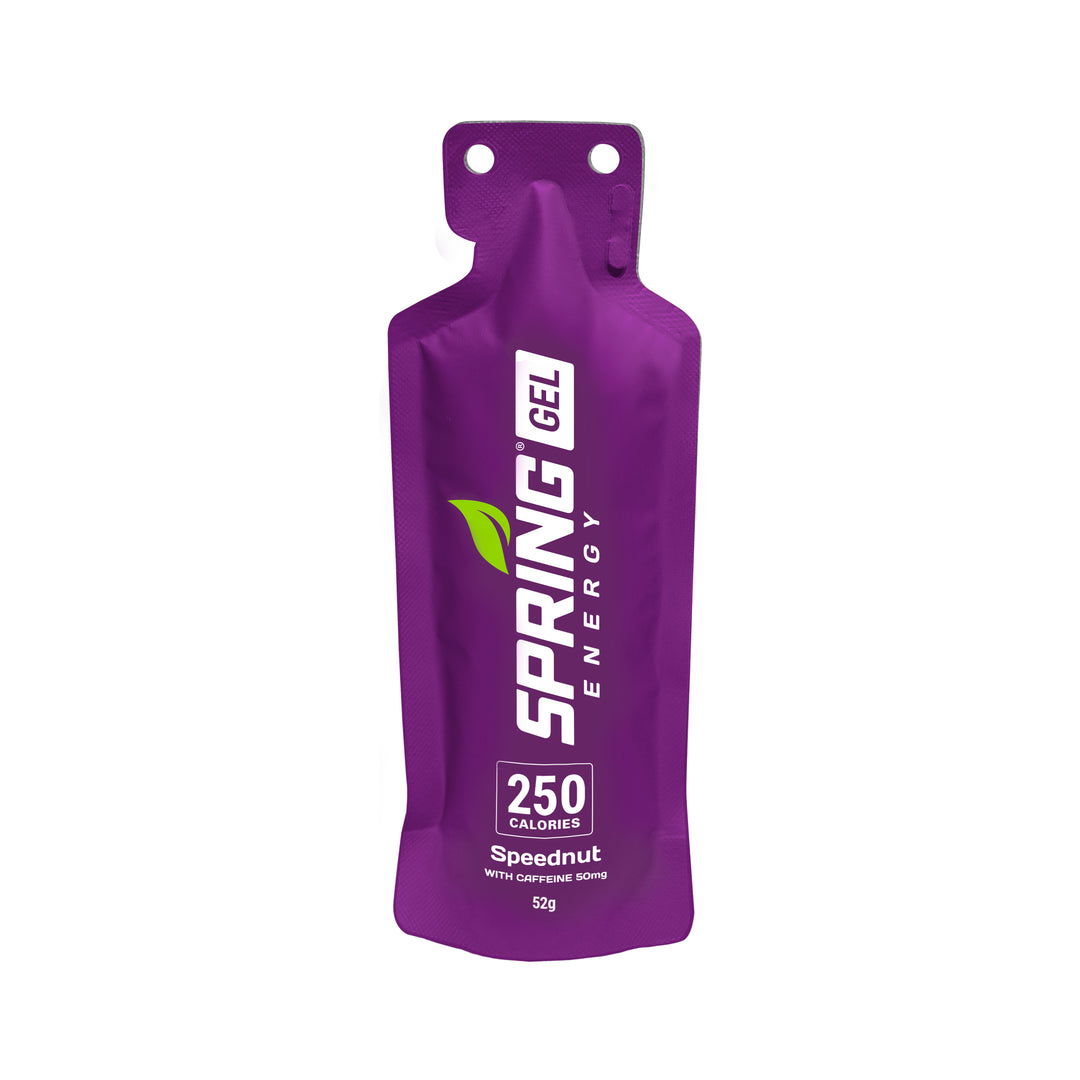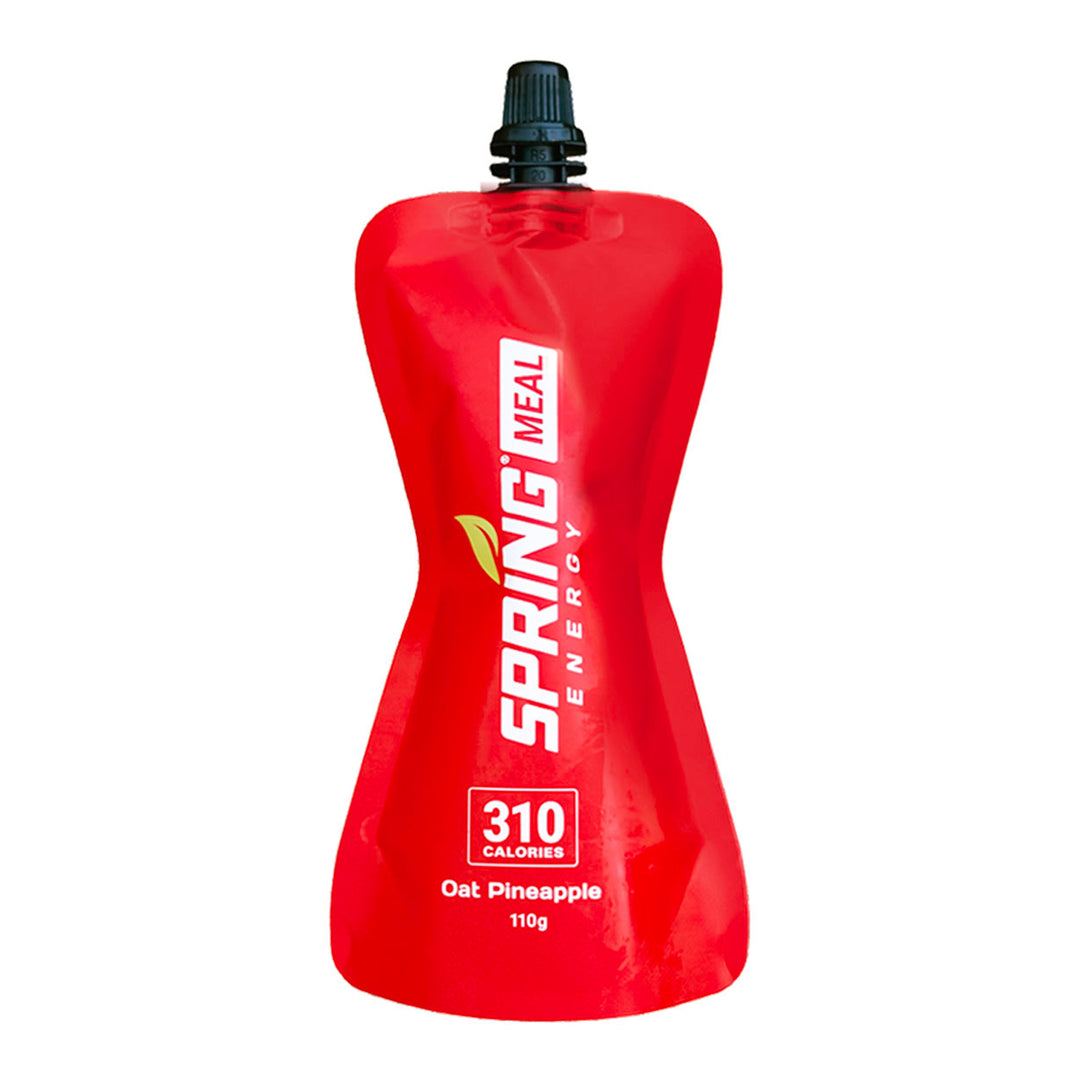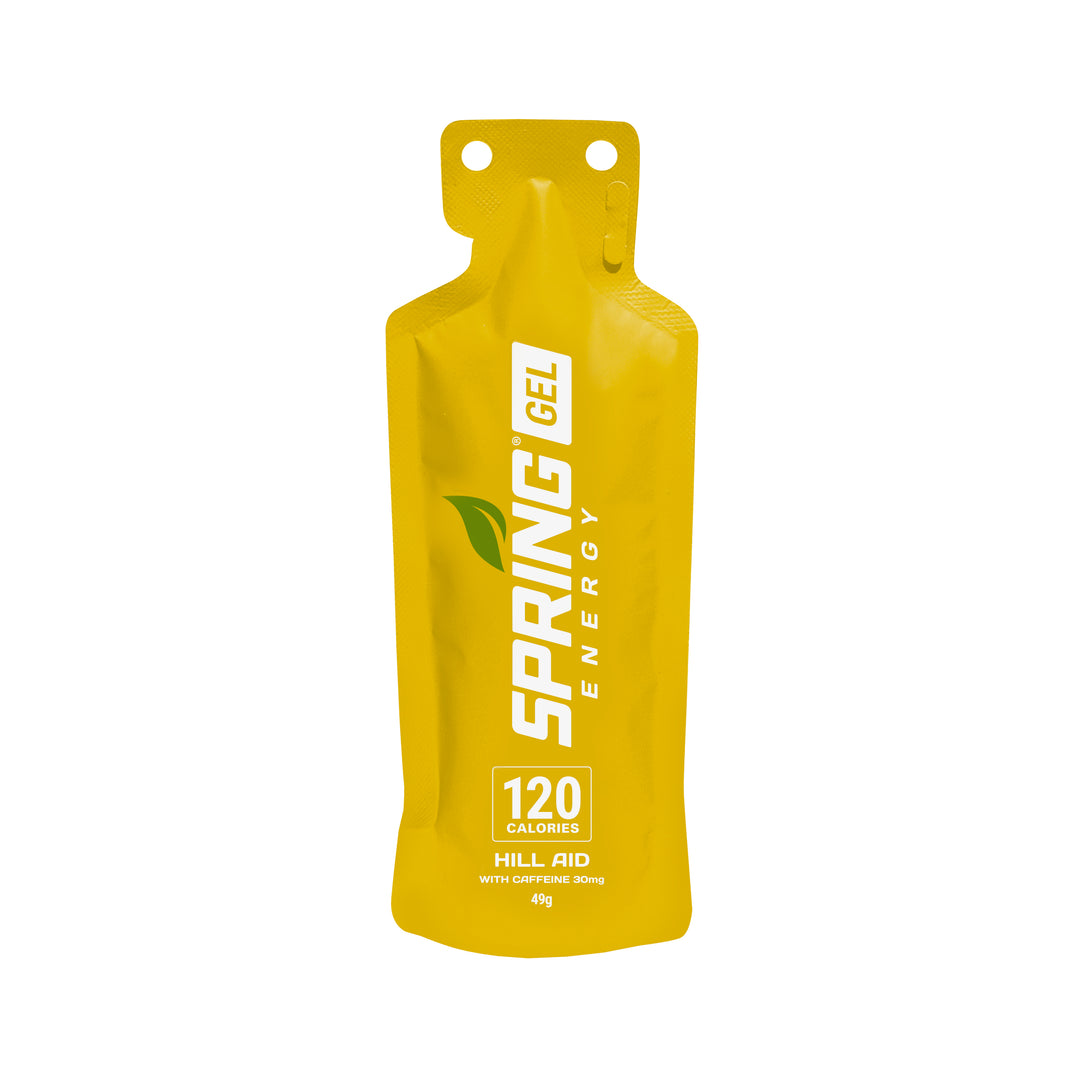ENDURANCE NUTRITION | Current Spring Energy Gel Line

Sage Canaday https://youtu.be/oNjbaFGJoxI
Creating an optimal nutrition plan for your training and racing is a complex process that needs to consider several factors, including the time of the effort, elevation gain, relative physiological effort, weather conditions, but also individual preferences and nutrition needs.
No matter if you train for a marathon, ultramarathon, triathlon, or a cycling event, you need to analyze your race day plan. Decide on the number of calories per hour, amount of water you may need, and spacing out your sources of carbohydrates, fats, caffeine, and electrolytes. Keep in mind that your preferences may change during the event; thus, having alternative options available can help with keeping a consistent flow of calories into your body.
Fueling your running, swimming and riding is inevitable. The energy accumulated in your body in the form of glycogen and fat won't last for a long time, and replenishing both energy substrates and water is a necessity. Testing your sweat rate may help with planing an appropriate amount of water and electrolytes. A simple way to do it yourself is to record your weight (naked) before and after an effort similar to what your target event is going to be. It is essential to be able to simulate all conditions, including the temperature. Estimating weight loss, which mostly accounts for sweating (and losing glycogen), gives an idea of how much water per hour you may need. As dehydration is one of the triggers for stomach problems keeping up with hydration can help with faster nutrient absorption and eliminating nausea. Dehydration is also one of the many issues causing muscle cramps.

While dehydration is a frequent problem for many endurance athletes, overhydration should be kept in the back of your mind as a possible threat to your health. Taking too much water without electrolytes (those can come from food- Spring is rich in sodium, potassium, and chloride as any other natural food) may cause hyponatremia, a dangerous state for your body in which levels of blood sodium drastically drop creating a possibility for sudden death. Watching and knowing your body helps to avoid many problems. Being consistent, systematic, but also flexible and responsive to the problems that accrue gives higher chances for success.







Leave a comment